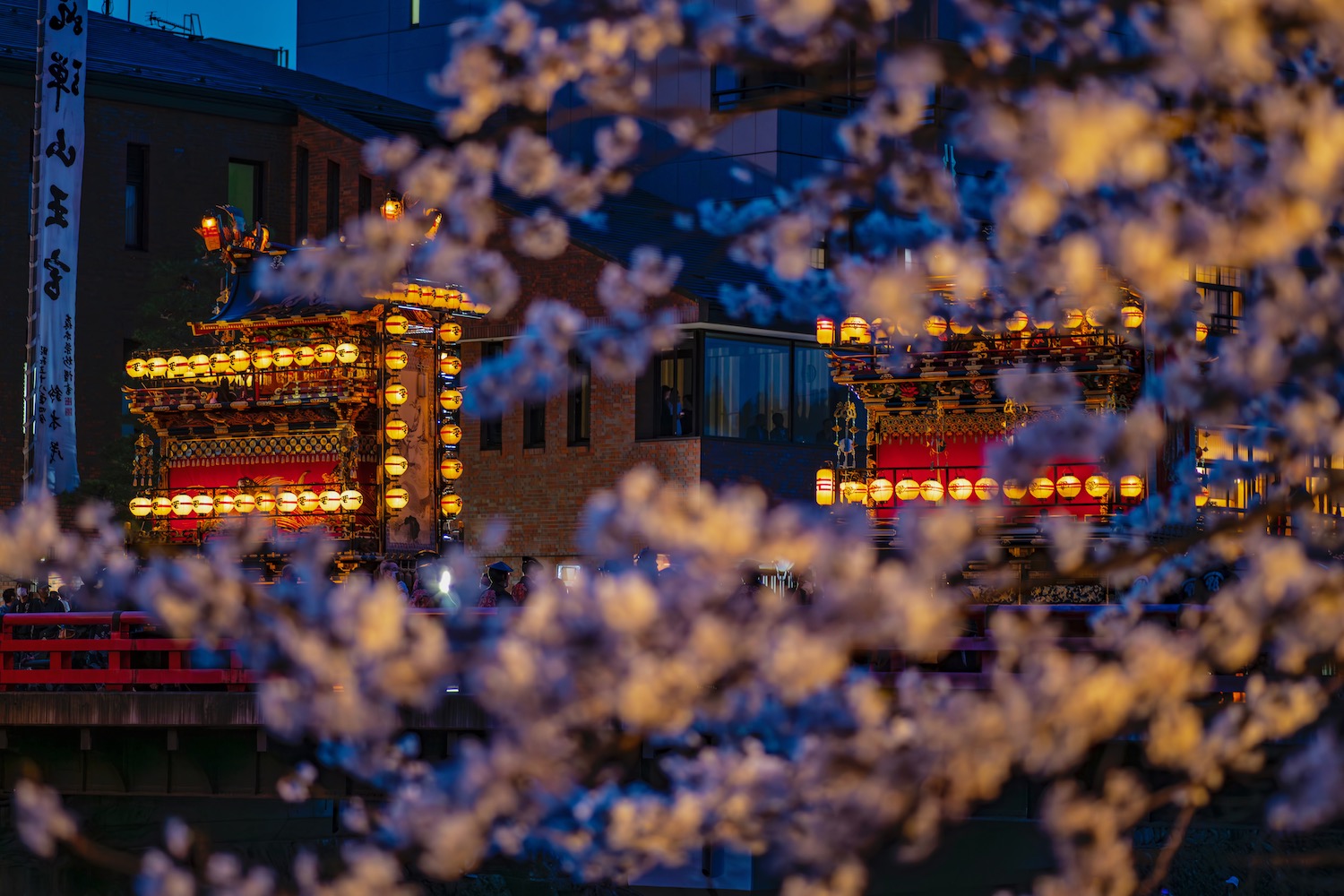Generally speaking, I’m not a believer in the concept of “overtourism.” I’ll write more about this as it relates to Japan in a future article, but the gist of my logic is that certain places are tourist traps for a reason. If you don’t want to deal with the problems that come along with that, go somewhere else.
Now, I’m assuming that since Google led you to me, you have made peace with the crowds and craziness that are a necessary part of visiting both Kyoto, Japan’s ancient capital and Takayama, a gorgeous city in the Japanese Alps. (If not, I invite you to read my article about Japan off the beaten path.)
Indeed, while I will briefly touch on the issue of congestion when comparing Takayama vs Kyoto, my assumption is that if you’ve read this far, it won’t bother you to share either (or both) of these cities with thousands of other travelers.
How I Came to Love Both Takayama and Kyoto
Many bloggers who help you decide between Takayama or Kyoto have a tinge of cynicism in their voices. That’s not the case for me—I love both of these cities deeply. For Kyoto, it was love at first sight—I initially arrived on a clear, crisp evening in April 2014 as the cherry blossoms were reaching full bloom—but my love has also endured: I studied Japanese there in 2021, and have been back over a dozen times since.
It took me a bit longer (November 2015) to visit Takayama for the first time; I haven’t been back as often. Takayama is pretty far from any international airport (TIP: if you book your flight on MyTickets.ae, select Nagoya Airport, code “NGO”), and isn’t as well-connected by train either. But whether buried in winter snow or alive with the cheers of festival crowds, Takayama too has won my heart. And many times, at that.
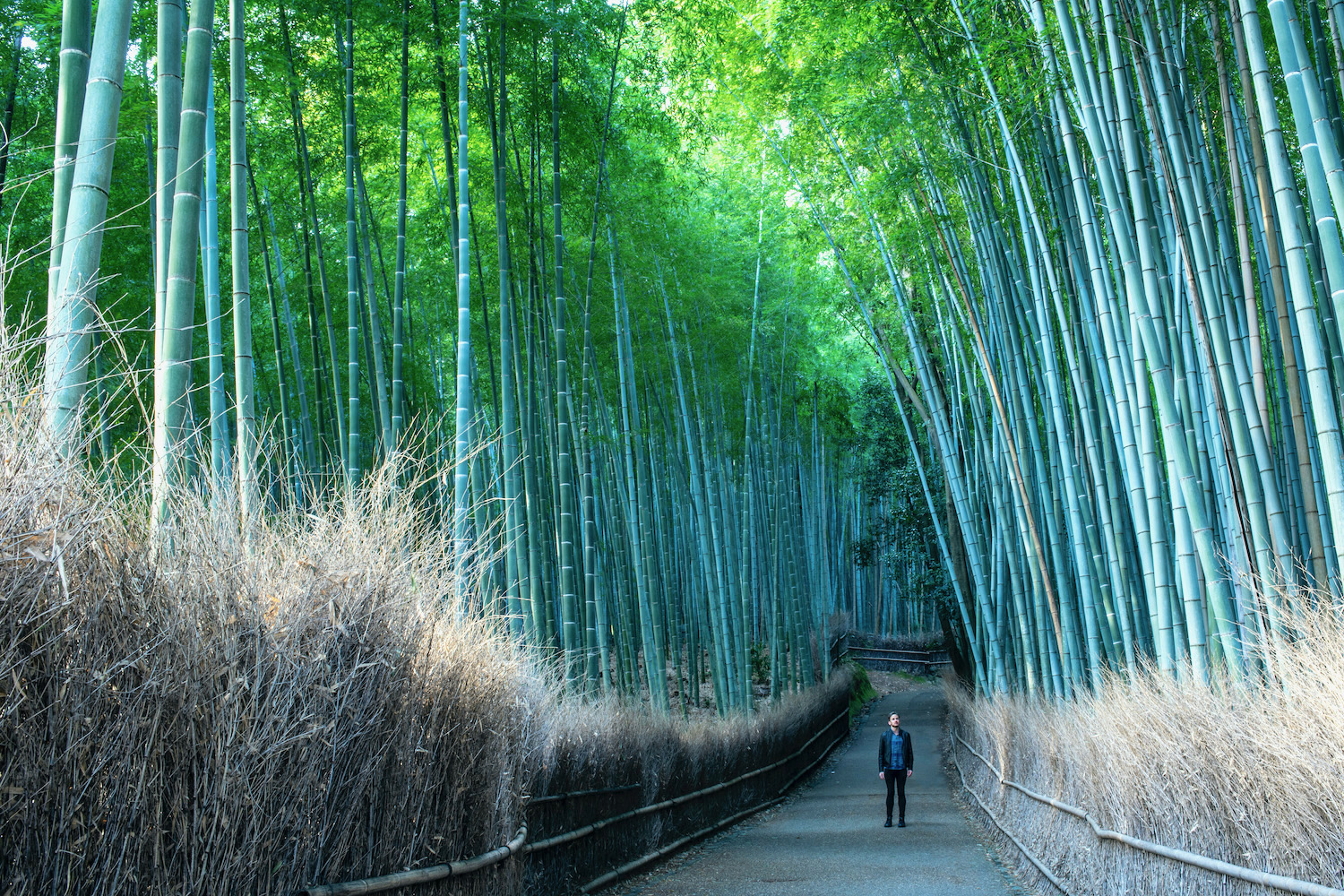
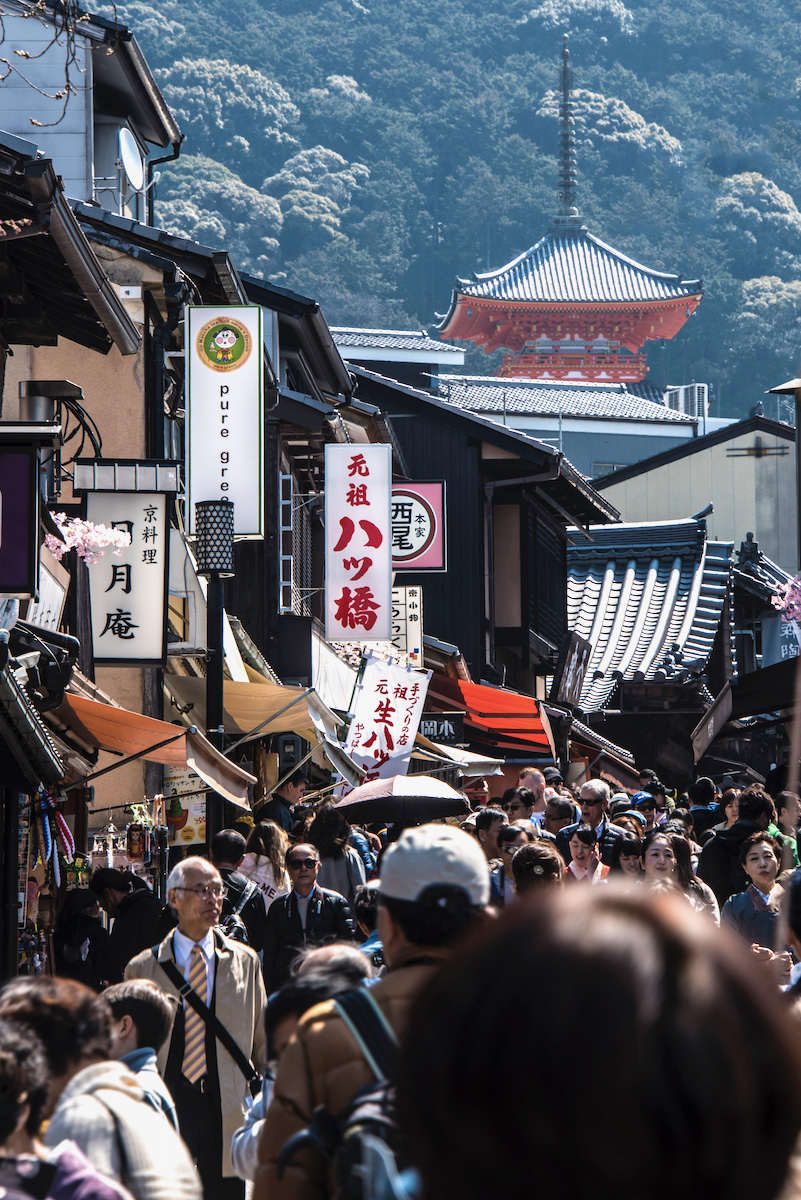
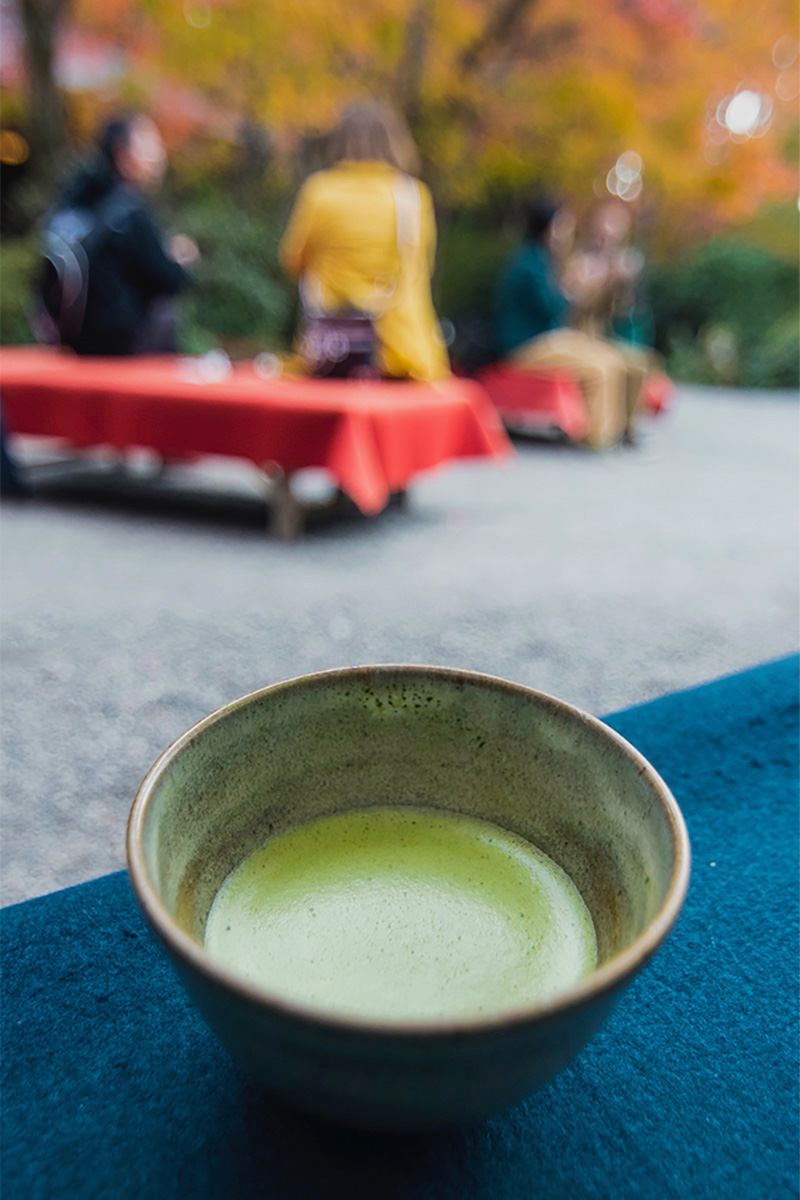
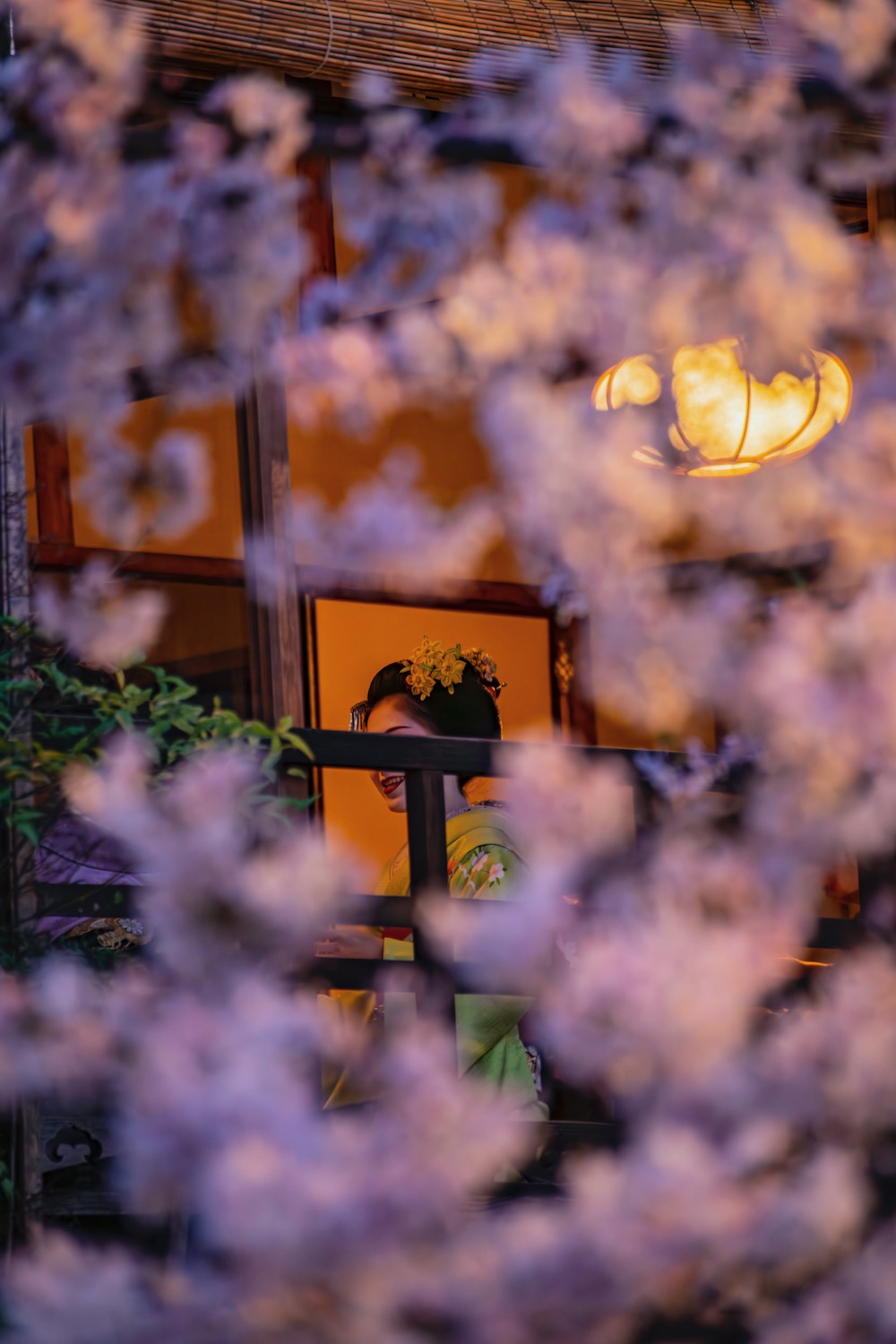

Ways to Compare Takayama with Kyoto
Attractions
I like to say that Kyoto has more “individual” attractions—Kiyomizu-dera; Arashiyama Bamboo Forest; Kinkaku-ji—than Takayama, which is really just its Old Town. Kyoto also has more neighborhoods: Takayama, in sum, is something of an analogue to Kyoto’s Higashiyama area. On the other hand, the fact that there’s less to see in Takayama means you can better justify taking your time to see it.
NOTE: Both Takayama and Kyoto host annual matsuri, or festivals. Kyoto’s Gion Matsuri takes place in mid-to-late July, while the Takayama Festival occurs two times a year, in both mid-April and early October.
Crowds
I mentioned I would touch on this only briefly—and as promised, my discussion of crowds in Takayama and Kyoto will be brief. The short answer is that of course both are crowded; Kyoto has many more people, but they’re spread over a much larger area. The only real way to avoid crowds is to A) visit in the middle of winter or B) start sightseeing at or before the crack of dawn, but even these strategies aren’t foolproof.
Hotels and ryokan
Both Kyoto and Takayama are home to some of my favorite hotels and ryokan in Japan, from Kyoto’s Hotel the Celestine and Ryokan Karaku, to Takayama’s Machiya Hotel and Ryokan Oyado Kyoto no Yume. As Kyoto is a larger and more spread-out city than Takayama, you have more options in both places. But in general, the places you stay in both cities are likely to be among the best places you stay in Japan.
Dining
When it comes to dining in Kyoto or Takayama, you’ve got options. Both cities have their own “local” cuisines: Takayama has Hida beef (including unique “beef sushi”); Kyoto has tofu (and also Kyoto-style “pressed” sushi). While Kyoto generally has more options (both in terms of Japanese food, as well as international), Takayama is home to one of the best Italian restaurants in Japan: Osteria la Forchetta.
Getting there and around—and out
Kyoto sits directly on the Tokaido-Sanyo Shinkansen line, and is easily accessible from almost anywhere along Japan’s tourist trail. Takayama is farther out: You either need to ride the Shinkansen to Nagoya and take a Hida Limited Express train from there, or to take a bus from somewhere else (less than two hours from Kanazawa; almost five from Tokyo).
In terms of day trips and excursions, Kyoto has more—it’s one of the anchor cities of Japan’s Kansai region, after all. The most common include the Nara (which you can pair with Kyoto’s Fushimi district, on the way back) and Himeji Castle, which combines well with Kobe and/or Osaka. From Takayama, meanwhile, the main day trip is to see the Gassho houses of Shirakawa-go (and other nearby villages).
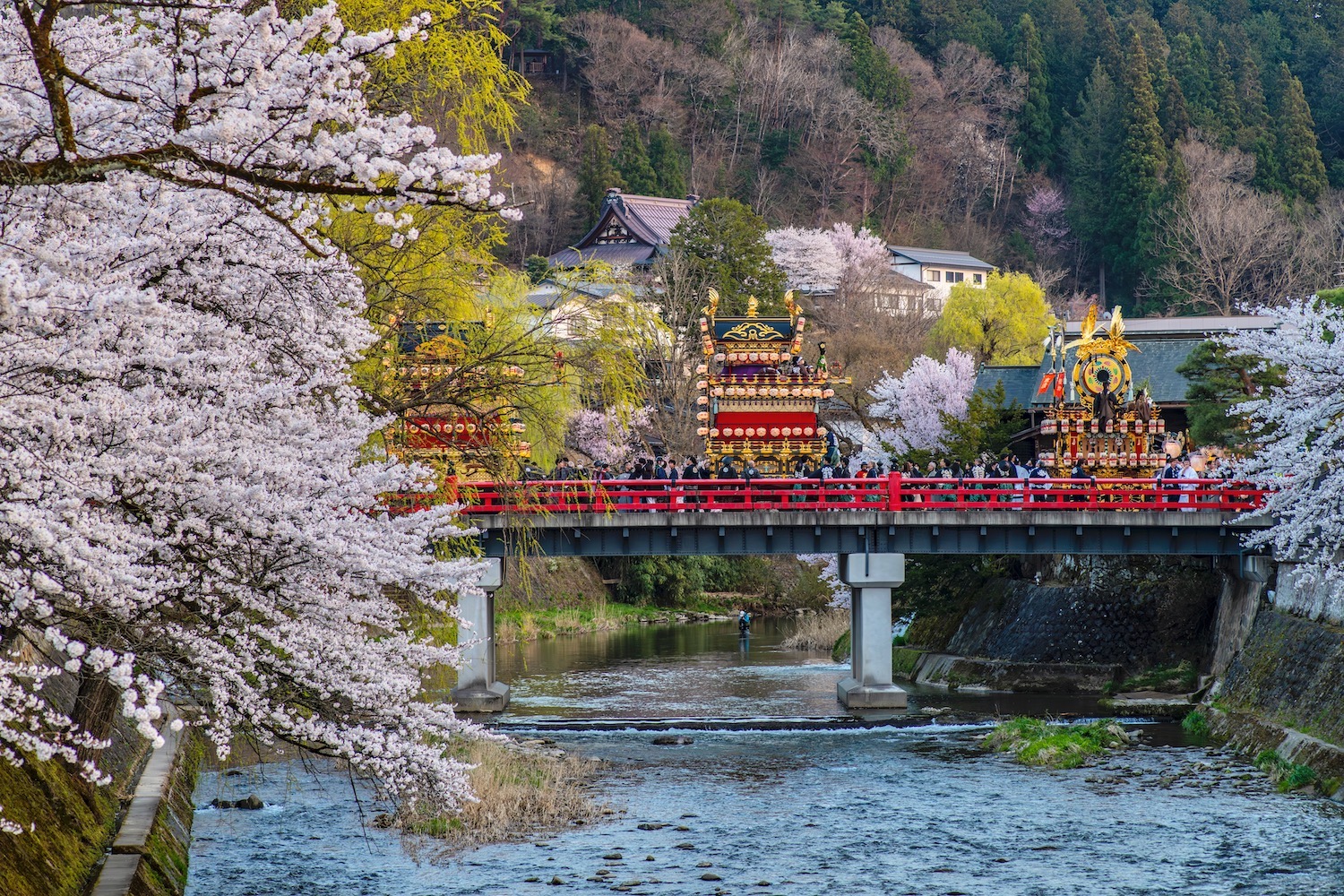

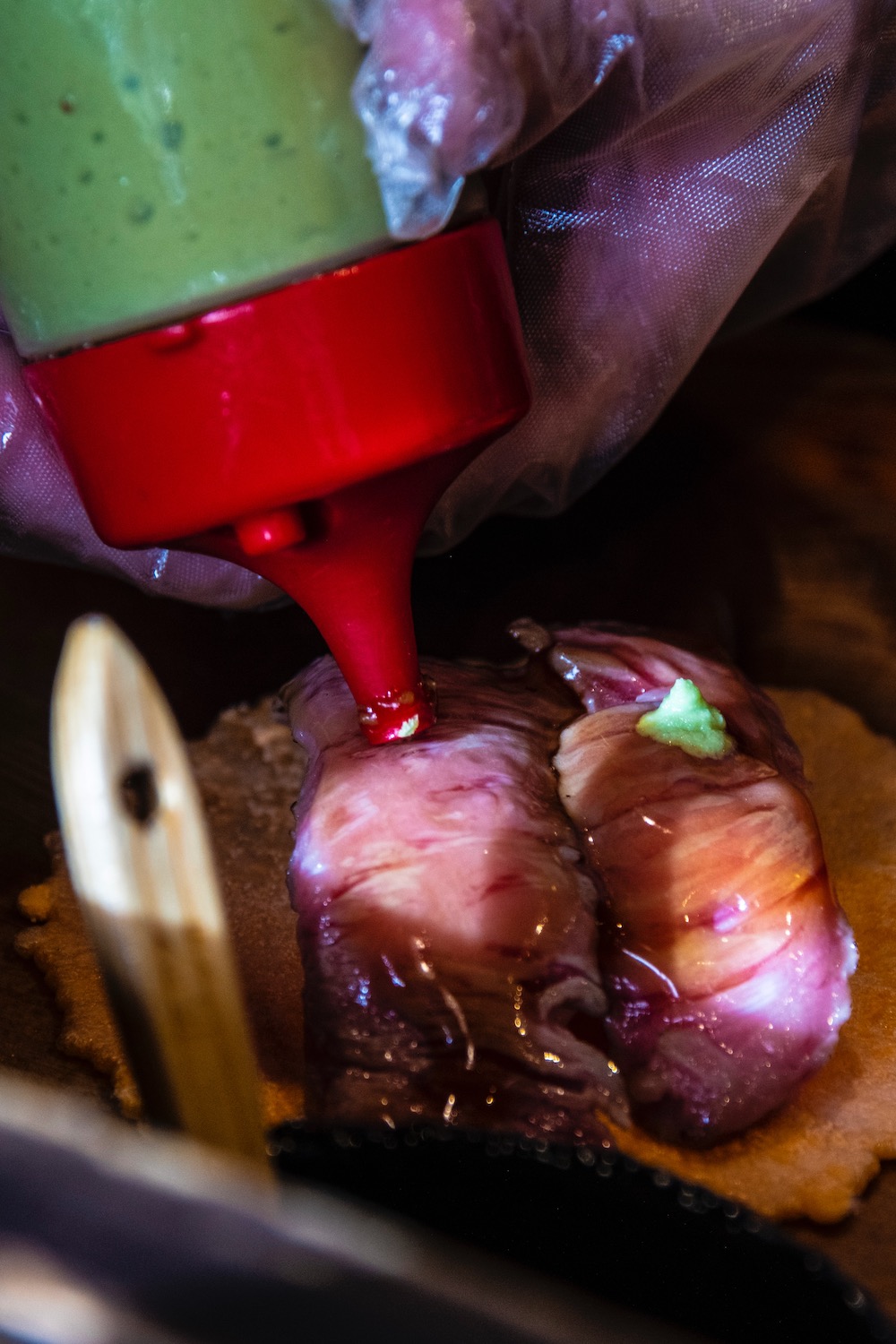
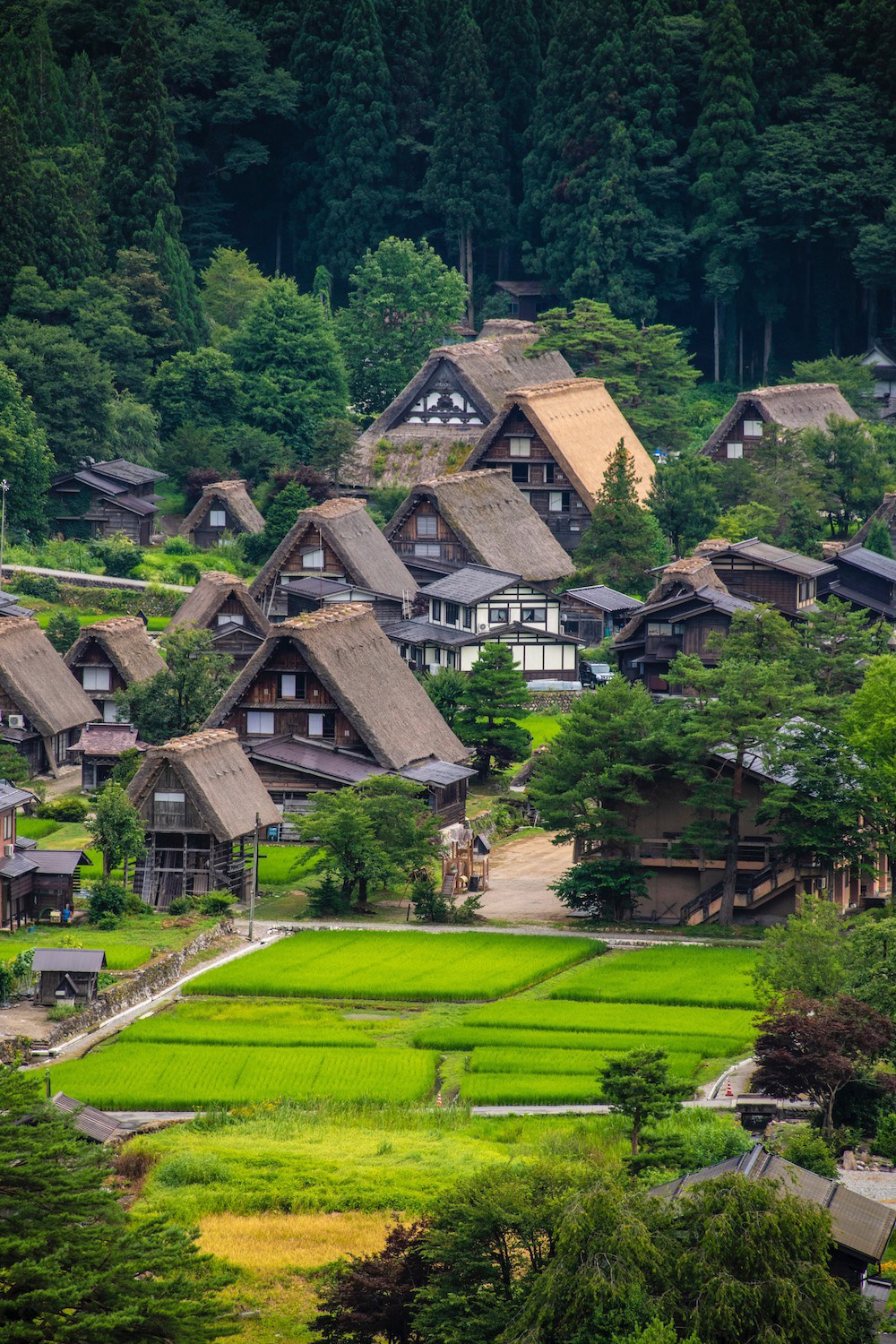
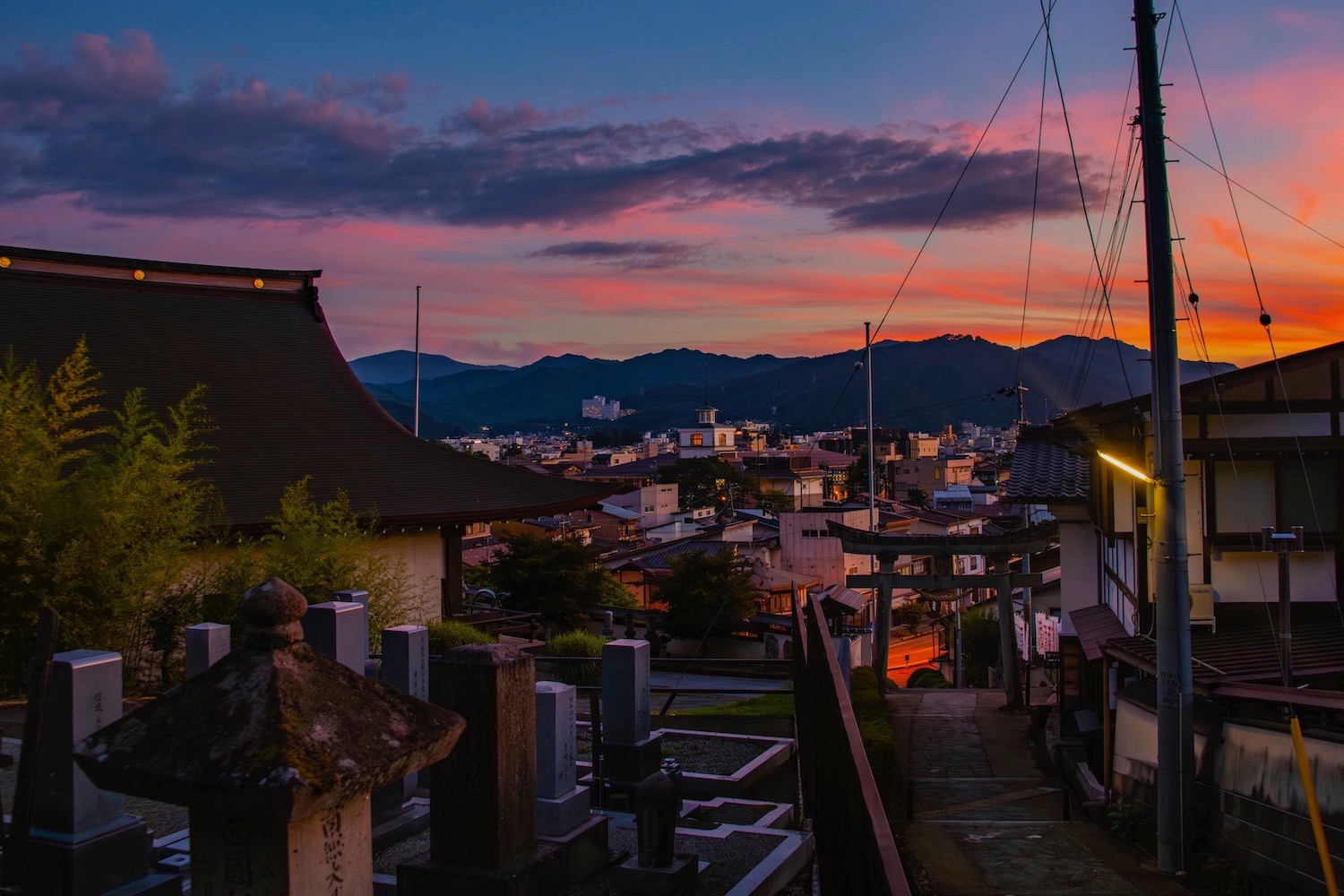
How Many Days Do You Need in Takayama? What About Kyoto?
Takayama’s town center is relatively small—you can walk from east to west in about an hour, and from north to south in a bit more than that. Assuming you start in the morning and stay out until sunset, one full day is enough to see the core attractions. Of course, you’ll likely also want to take day trips, namely to Shirakawa-go and Gokayama. As a result, I suggest staying a minimum of two nights in Takayama.
When it comes to Kyoto, meanwhile, I’d say you definitely need to stay for longer. I usually like to split at least two full days between “core” districts like Higashiyama, Arashiyama and Fushimi; you’ll want to devote a day each to excursions like Himeji Castle, Nara and Kyotango; you can do Osaka in half a day. If you can, I suggest spending a minimum of 5 days in Kyoto, or up to a week in the broader Kansai region.
Other FAQ About Kyoto and Takayama
How do I get to Takayama from Kyoto by train?
If you wish to travel from Kyoto to Takayama by train, the most direct way is to ride a Shinkansen (ideally, a super-fast Nozomi) to Nagoya, then change to one of the Hida Limited Express trains, which departs every 1-2 hours. If you’re traveling during a busy season, consider going to Kyoto Station a day in advance to buy tickets for your journey.
How long does it take to go from Takayama to Kyoto?
If you can manage to have a relatively short connection at Nagoya Station (which is less than an hour from Kyoto by bullet train), then your door-to-door time from Kyoto Station to Takayama Station (which is ~2 hours from Nagoya via the Hida Limited Express train) could be under three hours. However, if you do have a longer connection at Nagoya Station, consider walking next door to the Meitetsu Department Store and eating misokatsu at Yabaton on the 9th floor.
Can I use a JR Pass from Kyoto to Takayama?
You can use a JR Pass from Kyoto to Takayama, though after the October 2023 price increases, I’m not sure this is worth it. For one, if you use a JR Pass from Kyoto to Nagoya, you’ll need to pay a hefty surcharge to use the super-fast Shinkansen Nozomi. In my opinion, it’s better just to buy your train tickets outright.
The Bottom Line
Comparing Takayama vs Kyoto isn’t as futile as you might think. While both of these cities are historical treasures—and both are packed to the gills with tourists basically year-round—there are important differences between them. These range from the availability of accommodation and dining, to the ease of getting there and around, to when the matsuri (festivals) for each city occur and what they entail. Ultimately, I recommend that you visit both of these places at some point, if you can. Need advice about what other spots you should go on your trip to Japan? Commission a custom Japan itinerary today!



